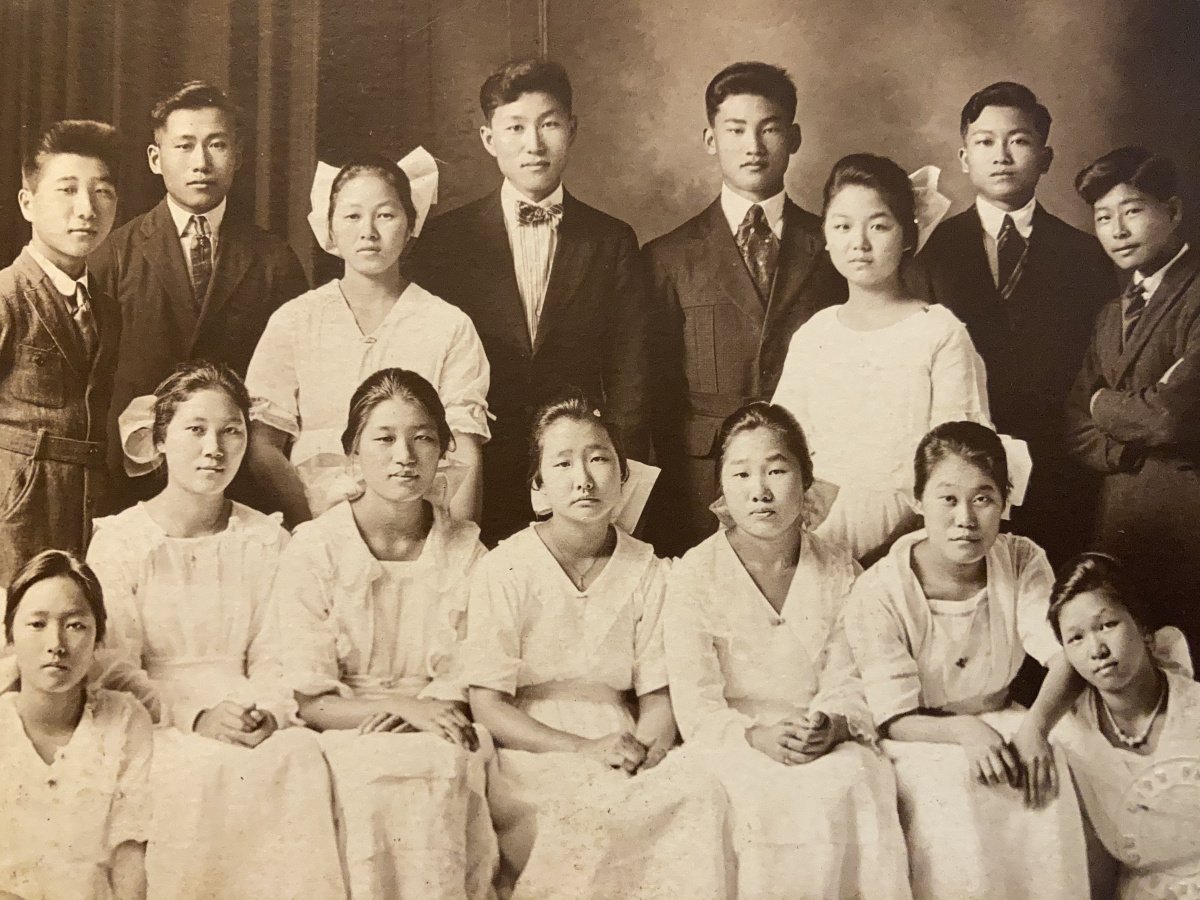When I lived in Luk Tei Tong, one day I looked out onto the green bog and saw this perfect lily: a Red Oriental Lily.
It struck me as so strange. Someone had dumped a plant into this bog–the fallow rice fields, and it had grown. So there it was, defiant, glorious, no matter what had happened to it. It had refused to yield. People threw all kinds of stuff in the bog and there was sewage run-off and snakes and whatever else is dumped into a village green space. Drunken Brits falling into the bog. Plastic toys. Trash. Yet it remained a glorious green. The paths wound around it. In the summer, bugs and more bugs, mosquitos and lots of itchy things, so you spent a lot of time scratching (or at least I did!). Beauty is powerful.
I note I am writing in the past tense about this–but I no longer live there, so it exists in memory. Anyway, this lily was truly something. I don’t believe I ever took photo, so this poem would have to do. I lived in this village before the high rises began coming up–yes, prior to the arrival of Starbucks.
The village had old land laws that were put in place by the British colonial government to quell unrest and Communist leanings. They didn’t want the locals so figured out a way to dole out the land. Boys were allowed to inherit land. The village headman would divvy it up. The girls were not entitled to land–this was in place until quite recently–I think 2019? In order for houses to come up, multiple men would combine their small pieces of land and a developer (village headman) would put up a house to sell. Each house was a maximum of 2100 square feet, not including balconies or rooftops. People bought, sold, and rented 3 story block buildings: 1, 2, or 3 floors. For many, the only way you could access these properties was through the paths that cut through the bogs. Everyone was on a bicycle, some on foot, no cars allowed. I cannot say that the homes or the design of the village was particularly beautiful, what was truly compelling was the open green space, so rare in Hong Kong. I would get off the ferry and the chaos of the city in relief.
There was, of course, another type of chaos happening in my home. But this was an interior matter. But I do think that it colored my appraisal of whatever was beautiful–including the lily. There are always stories behind what appears to be an ideal.
The Rape of Pink Lily
Ravished by typhoon beatings,
shackled by oven coils,
Pink Lily arches over barbed wire,
fights insects that mount her limbs.
A hothouse lovely
dogs piss on her face.
She grasps mud for solace,
refuses to plead,
dreams of bees beyond tingling moss.
A loyal flower seasoned by silence
stricken by dollars,
she floats songs of ginger pathos.
The pornography of acquisition
sucks lucky money envelopes.
Suits snap in creased time,
the auction begins.
Men salivate. Towers rise.
Steal a kidney. Jail a poet.
Force foreheads to the ground.
Powdered beauties model rodent furs,
tongues drag along a spine,
capes crack the air.
Pink Lily guards fallow fields for sons.
She multiples.
Sold!
Flower rapes: necessity.
Earth begs for memory’s dirt.
Rats await.
How many of her stalks will line our nests?

